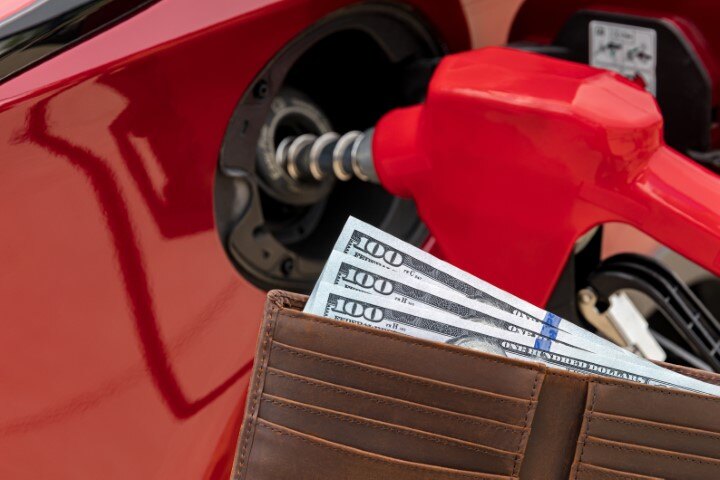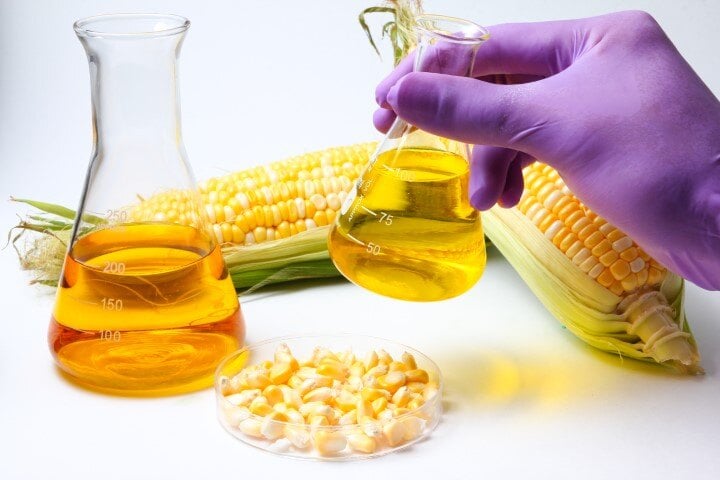Ethanol critic talks about the end of the Florida Ethanol Mandate
Earlier in 2013, Florida Gov. Rick Scott signed into law a state bill repealing the ethanol mandate for the state of Florida. The consequences for...
2 min read
Bell Performance : Jul 26 2012

Cellulosic ethanol fuel - In the eyes of the EPA, all ethanol is not created equal. Congress issues rules demanding certain amounts of ethanol made from non-food sources to be used to create E10, E15, and other ethanol gas. Nobody's meeting that goal.
When Congress began determining the volume of biofuels (like ethanol) that had to be mixed into our nation's fuel supply, one thing they did that is missed by most consumers is dictate how much of that ethanol had to what they called "cellulosic ethanol".
That term doesn't mean anything to the average person. "Cellulosic ethanol", to simplify things, refers to ethanol produced from the leftover parts of the plant not used for food. Cellulosic refers to cellulose which makes up inedible stalks and corn cobs and other parts of the plant we can't and don't eat and also includes biomass like wood chips. We can't digest cellulose (which is why we don't eat grass), hence they give the ethanol made from these inedible plant parts that name.
In theory, it would be much much better to make whatever ethanol we need from non-food sources. Recall that a big part of the ethanol controversy is this troubling notion that we're making fuel from food when there are hungry people in this world. Regardless of how you feel about ethanol as a fuel additive, I know a lot of people would be a lot happier if all the ethanol was being made from things that were just going to go to waste anyway.
 This brings us back to the cellulosic ethanol mandate. For the year 2011, the EPA originally mandated that 250 million (of the 12 billion) gallons of ethanol were to be coming from "cellulosic sources". That mandate was to double to 500 million gallons for this year, and increase to 10.5 billion gallons by the end of the decade, 2020.
This brings us back to the cellulosic ethanol mandate. For the year 2011, the EPA originally mandated that 250 million (of the 12 billion) gallons of ethanol were to be coming from "cellulosic sources". That mandate was to double to 500 million gallons for this year, and increase to 10.5 billion gallons by the end of the decade, 2020.
So how are the ethanol producers doing? Well, suffice it to say, not so good.
In 2011, they fell just short of the mandate's goal with 6.6 million gallons. The EPA gave them a pass on that and then realized that there was no way this year's goal was going to be met, so they reduced that to less than 12 million gallons.
I'm sure you just picked up on the tremendous sarcasm in saying they fell "just short". The way things currently are, there's no reasonable way anyone's touching such lofty political goal.
So why are they falling so short? It's because nobody has figured out how to make cellulosic ethanol in a cost-effective manner. And since they just took away the ethanol tax credit, it's even harder to do so. An October 2011 report by the National Academy of Science goes as far as to say that "no currently commercially viable biorefineries exist for converting cellulosic biomass to fuel."
Notice they did not say 'few'. They said none, as in Zero. How can a goal of 10.5 billion gallons a year of this kind of fuel be made if nobody's figured out how to do it in a viable manner?
What's worse, in all of this, is that these producers face fines from the EPA for not being able to make this cellulosic ethanol. The EPA and Federal government have mandated that the ethanol makers meet these goals. And if they can't do it, they face fines from the government for non-compliance. Where do we think that money is going to come from? Employee Christmas bonuses?
Just remember all of this the next time you hear a politician on either side of the political aisle stand up and talk about how we need to have "energy independence" and one of the ways we're going to do it is by making all of this fuel from "renewable sources like switchgrass", as when former President GW Bush talked in his 2006 State of the Union address about how we were going to fund research on making ethanol from wood chips and stalks of grass. His goal in the speech was to have this kind of ethanol commercially viable in six years. It's now six years gone and you see the state of the industry. Talk is cheap, and talk like this alone doesn't get us to that goal.
We've got a long, long way to go.

Earlier in 2013, Florida Gov. Rick Scott signed into law a state bill repealing the ethanol mandate for the state of Florida. The consequences for...

Part of the reason ethanol gas is so distasteful to so many is because the whole thing reaks of politics. The politics of Congress dictating to...

Why are gas prices so high recently? We had a nice run through most of the summer where gas prices didn't jump as much as usual. We even wrote a...